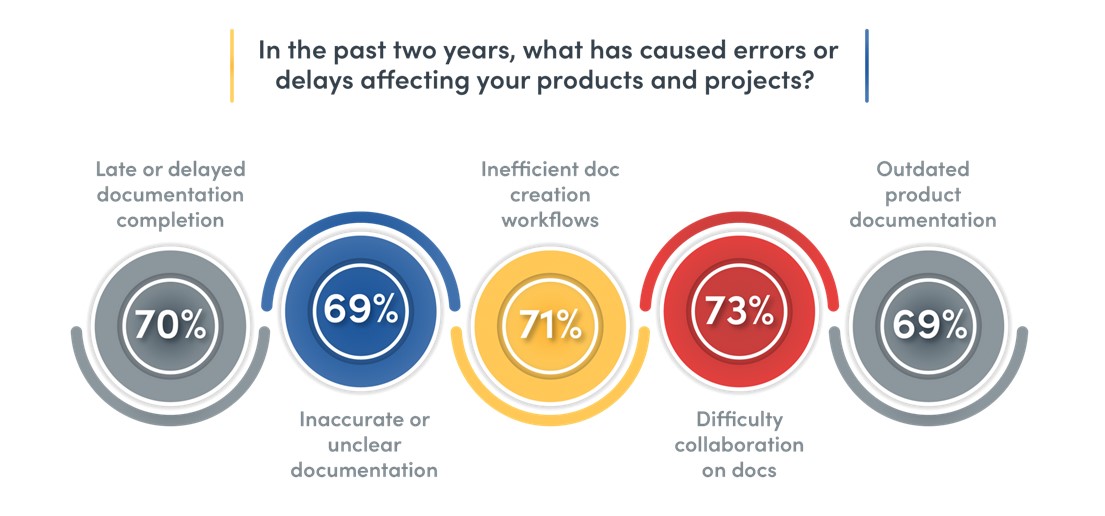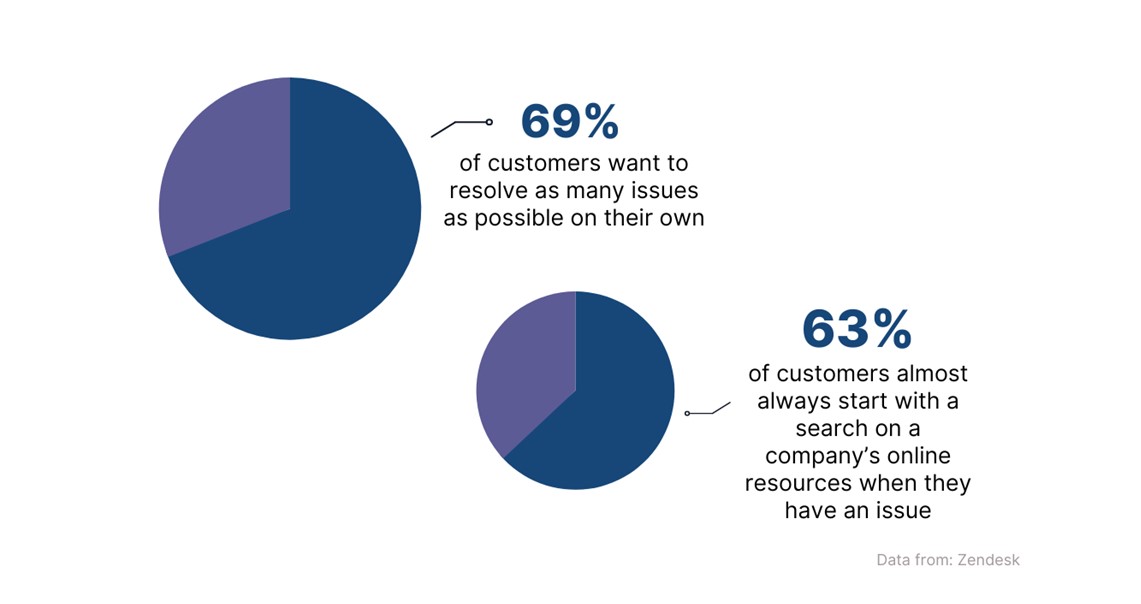As technology advances at breakneck speed, one often overlooked aspect of its success is the quality of technical documentation.
For developers, businesses, and users alike, accessible documentation can differentiate between a product that thrives and one that fails to gain traction.
In the tech industry today, a great product is defined not just by its features but also by how easily users can understand and utilise it.
Technical documentation serves as the bridge between complex product offerings and their users.
Whether it’s API documentation for developers, product manuals for consumers, or troubleshooting guides for IT professionals, high-quality documentation is not just a nice-to-have, it’s a necessity that ensures seamless user experiences and fosters trust in the product. It’s the key to product success.

“Effective documentation is the first touchpoint for users interacting with new technology,” says Deborah Emeni, a seasoned technical writer and software engineer “Without it, even the most innovative solutions can struggle to achieve widespread adoption.”
Through her extensive work in the tech industry, Deborah has seen firsthand how well-crafted documentation can significantly accelerate user onboarding, reduce support costs, and drive long-term engagement.
These documents, often taken for granted, can unlock the full potential of a product, ensuring that both developers and end-users feel empowered.
In many cases, users and developers will evaluate a product based solely on the strength of its documentation.
If they find it easy to understand, comprehensive, and well-organised, they are far more likely to adopt the technology and integrate it into their workflows.
For startups and enterprise-level companies, poor documentation can create bottlenecks, frustrate users, and even result in lost revenue.
On the other hand, when done well, it transforms into a powerful marketing tool, helping companies expand their user base and retain customers.
According to industry reports, 80% of developers have said that inadequate documentation is their biggest pain point when adopting new tools. This highlights a critical truth: documentation is vital for product adoption.
As more companies recognise this, they are investing heavily in technical writing teams to ensure that their products are innovative and accessible.
Industries like blockchain, artificial intelligence, and cloud computing have seen tremendous growth, with more complex technologies requiring more comprehensive guides for users at all levels of expertise.
For instance, the shift to API-first development has placed documentation at the forefront of the developer experience.
Companies like Postman and Stripe have gained popularity not just for their powerful APIs but for the ease with which developers can learn and integrate them through top-tier documentation.

As a seasoned expert in the field, Deborah leverages her extensive experience to drive innovation and enhance product adoption at global companies.
Starting her career at LogRocket, she quickly realised the profound impact that well-crafted documentation could have on user experience.
She explains, “Technical writing is not just about creating manuals; it’s about building a bridge between the technology and the user, ensuring they understand how to leverage the product to its fullest potential.”
Her work has significantly improved user experience in the tech industry. With a solid background in software engineering and community management, Deborah has held pivotal roles in various organisations, where she transformed documentation processes and created user-centric content strategies.
Currently, she is a technical writer at ButterCMS, a headless content management system and blog engine that integrates easily into any new or existing web project in minutes.
As a passionate advocate for product success in technical writing, Deborah is dedicated to promoting the critical importance of high-quality documentation and its impact on user experience.
She aims to raise awareness about the vital role that well-crafted technical content plays in driving product adoption and enhancing customer satisfaction.






